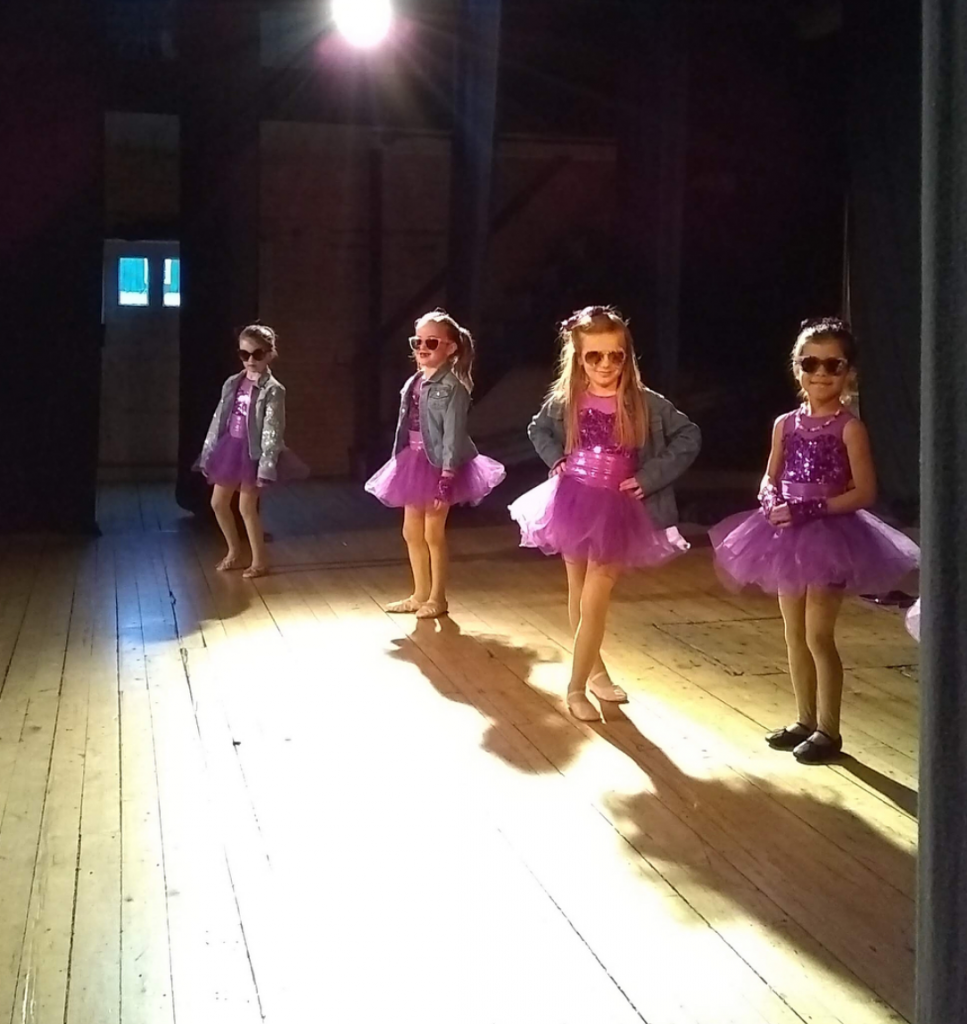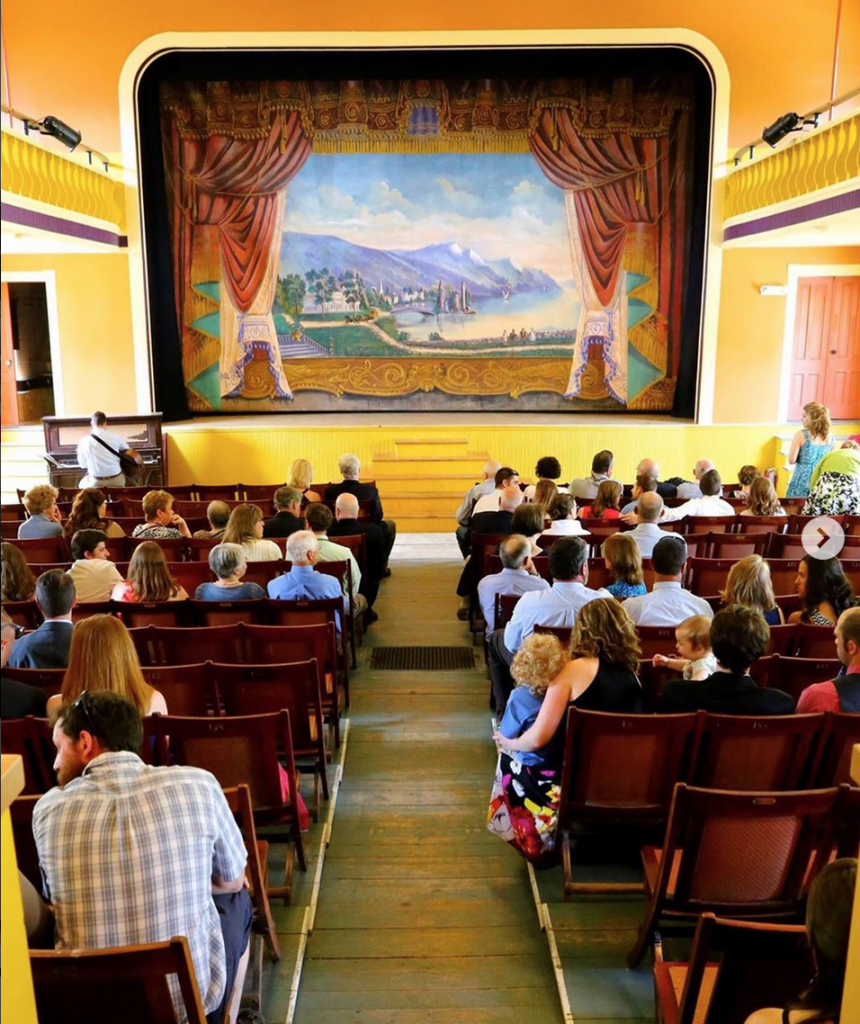The mission of NEKarts is to preserve and operate the Hardwick Town House as a center for entertainment, education, and community engagement.
In 2001, The Northeast Kingdom Arts Council (NEKarts) was founded by then Executive Director Addy Smith-Reiman. That same year, NEKarts began work to restore the historic Hardwick Town House. A 501(c)(3) organization, NEKarts has an all-volunteer board of directors who live in and around Hardwick. Led by Shari Cornish for more than a decade, our board remains convinced of the importance of the Town House as a catalyst for continued community revitalization in Hardwick. In partnership with the Town of Hardwick, the Northeast Kingdom Arts Council accepts the responsibility to share in the stewardship of this integral part of our cultural history for future generations to treasure and enjoy.


The Hardwick Town House is open March-November, used for a variety of programming and community events, as well as private rentals. Over the past decade, the Town House has been used for local school performances, Jeudevine Memorial Library events and movies, Chamber of Commerce presentations, Historical Society meeting, State government panel discussions and presentations, and performances by a variety of regional and traveling groups. Since 1964, the Craftsbury Chamber Players have been in residence each summer season, and Vermont Vaudeville performs a sold-out weekend each fall and spring.
In addition to support from local individuals who contribute to the annual giving campaign and appropriations from the Town of Hardwick, NEKarts has been supported by a number of local, state, and national organizations, including: the Vermont Arts Council, the Preservation Trust of Vermont, the Department of Commerce and Community Development, the USDA, the Claneil Foundation, the 1772 Foundation, Downs, Rachlin & Martin, Lake Champlain Basin Program, Save America’s Treasures, Village Revitalization Initiative (a partnership between Sen. Patrick Leahy & the Preservation Trust of VT, with funding from the Department of Housing and Urban Development), Concept II, and the Pleasants Fund.

NEKarts Board of Directors
The NEKarts board is entirely volunteer based. The current board roster is below. Please feel free to talk to any of us if you have questions or an interest in joining us in our mission to restore the Hardwick Town House and bring artistic and cultural opportunities to the Northeast Kingdom.
Lynn Angebranndt
Sally Anstey
Shari Cornish, president (Whistle Emporium)
Dave Gross, vice-president
Tess Martin, treasurer
Brent McCoy
Maya McCoy (Neon Picnic Productions)
History
The origins of this gem of a building are rooted in the needs of a growing, mid 19th century town. It was proposed at Hardwick’s annual meeting of 1850 to build a town hall with space for a school on the second floor, which was later removed to create the current balcony. Ten years later, in September of 1860, the “almost completed” building was the site of a special town meeting for the casting of ballots in the state election—the first official use of the building on record. By 1891 the Hardwick Academy had its own building on Main Street, freeing up the Town House for other uses.
Within the next few years the town would decide to transform the Town House into a “Town Opera House.” In 1896 voters approved a proposal for a stock theatre company to lease the Town House. By 1898, 14 major opera houses would be built in Vermont. That same year Hardwick residents approved, at town meeting, $3,311 in funding to complete the conversion of the Town House into an opera house of the highest quality. Structural improvements were made and electric lighting was installed. The largest sum, $574 was paid to George Kimball, a Hardwick Main Street merchant, to procure the seats.
The first musical concert took place in October of 1898 as Hardwick joined the list of towns on the performing circuit. Within 20 years the Town House would be completely transformed, and by the early 1900’s, it would host “regular lecture series and family entertainment such as Gilbert and Sullivan’s The Mikado (with operatic arias frequently being punctuated by the St. J. & L.C. train whistles.)” The new popular entertainment at the time was Vaudeville, combining song and dance, comedy skits, playlets, acrobats, and magicians.
The granite industry was on the rise, with “metropolitan” Hardwick a microcosm of America’s growth. According to The Hardwick Gazette, the new century began at the Town House with the “Granite Cutters Jollification”, which included a grand promenade, vocal and instrumental selections, recitations, three speeches, and dancing ‘till a late hour.” There were almost weekly “social hops” and “box parties” where young ladies’ supper boxes were auctioned off to the highest bidder, their escorts for the evening.
Local presentations in 1901 included temperance talks, a wrestling match, and Pauline, the Belle of Saratoga, an operetta that contributed $25 toward the purchase of a new piano. In the midst of all of this, disaster struck. Just before Christmas in 1902 a fire destroyed the roof, stage and piano. But there was no question about making repairs. Insurance covered the loss, and in 1903 the warning for Town Meeting Article 11 proposed an enlargement to the hall. By spring the improvements were in the works including a new entry. The Selectmen purchased a new piano, and Charles W. Henry, with his family troupe, was hired to paint the new curtains including “a lake scene from Switzerland.”
By 1910 silent movies were frequently shown in the Town Opera House. Summer stock theatre companies still toured regularly, but by the late 1920’s, with the appearance of talking movies, many of the opera houses were being converted into movie houses. By the 1930’s radio was taking over as the main family entertainment. Economic depression and World War II took its toll on the vitality of live, touring performance. Many small, New England opera houses were torn down. The Hardwick Town House stage, however, remained a significant place for community events and school productions into the mid-20th century. In the 21st century, a renewed interest in its historical value has given it a new life as a performance venue and community gathering space.




Painted Curtains

In March of 1903, artist Charles W. Henry was hired to paint a theater curtain for the opera house. The cost was $162 and was painted with tempera paint on a cotton canvas.
In the late 19th and early 20th centuries, local and itinerant painters, many of whose names have since been lost, traipsed into town halls, opera houses, granges and Masonic temples throughout the state. There are at least 110 decorative curtains that were commissioned to adorn the places where ordinary people gathered for entertainment. Each curtain is linked to what was once a thriving cultivation of the arts far from America’s urban centers. The curtains provided country people with a sense of sophistication. In a society shaped by the Civil War, the Victorian Era and the Industrial Revolution, the desire for a more worldly outlook seems to have taken hold in every remote hamlet.
Charles Washington Henry (1850-1917) was Vermont’s most prolific and accomplished scenic artist. As well as painting at least 60 theater curtains (38 of which remain) he wrote songs and plays, produced vaudeville skits, painted small landscapes, played several instruments and often took the leading role, as well as managing the Henry Family traveling troupe.
Charles Henry was born in Guilford, VT, a small hill town a few miles north of the Massachusetts border. The family moved from Guilford to Brattleboro where he wanted to go to art school, but his father made him apprentice at a sewing machine shop. However, his passions were music and dramatics and he joined a Dramatic Club where he met Martha Fisk, a doctor’s daughter, whom he married in 1873. Henry and Martha had four children, Arthur, Percy, Florence, and Grace, who died in 1987.
In the early days of trying to make a living by acting and painting theater scenery, Charles and Martha almost starved to death, but after the turn of the century, Charles found that he could make a passable living by also providing the entertainment. Martha stitched pieces of muslin together to form rolldrops and sewed the costumes. Henry wrote a play called “Darkness and Daylight” that was apparently very popular, and as the children grew older, they were all taught to perform. From about 1900, all the children used their dramatic and musical capabilities: Percy played the flute and horns, Arthur played the violin, French horn and trumpet, Florence had a fine soprano voice and “Baby” Grace learned song and dance numbers.


The Henry Family Company produced theater curtains and booked shows at Town Halls, and Grange Halls throughout Vermont. They traveled in a caravan of horse-drawn wagons and then Model T Fords. They carried with them the costumes, paints, play scripts, musical instruments and all their personal belongings. They would stay in boarding houses while they traveled and take summer breaks at a camp in Ferrisburgh. Charles even developed a “painting act” in which he told a funny story as he painted a small landscape while Florence and Grace sang. The picture would then be “auctioned” to the audience.
In 1915, the Henrys got off the road and settled down. The family had begun to break up as the children got married, and Martha developed gout. For a couple of years he was the director of the Vergennes Opera House.
Charles Henry developed a distinctive style for his grand drapes. The drapery is always red with gold highlights and gold cords, and with underskirts in white and blue. They often feature European-style visions of castles, mountains, lakes and a stage coach with galloping horses. Two grand drapes feature Ben Hur’s chariot race and several more show the romantic cliché of the noble stag. His street scenes have a strong focal point, and often feature a church steeple to help provide perspective. His seascapes invariably include a lighthouse located much too close to shore!
Henry curtains are found on stage or hung as displays in Huntington, Sudbury, Saxtons River, Albany, Hardwick, Westminster, West Fairlee, and Guilford. Those in Westford and Shelburne are in storage. The Main Street Arts stage in Saxtons River is home to the largest collection of Henry scenery, boasting 10 curtains with about 24 complimentary side ears, teasers and even signed painted rocks. There is one curtain in Bradford, NH, and we know he painted others along the “coasts” of the Connecticut River and Lake Champlain.
A restoration of the two curtains in the Hardwick Town House that Henry painted was undertaken in the 1980’s. In October of 2003, another restoration of the curtains was completed under the direction of Christine Hadsel of the Vermont Painted Curtain Project.
Reflecting on the history of these curtains, Hadsel has written, “The amount of activity was just astonishing. Towns spent money to bring in magic shows, music, lectures, plays. Vermont was not as much in the boondocks as we’ve been led to believe.”
Henry’s other curtains can be found in Albany, Westminster, Saxton’s River, Guilford and Huntington.
